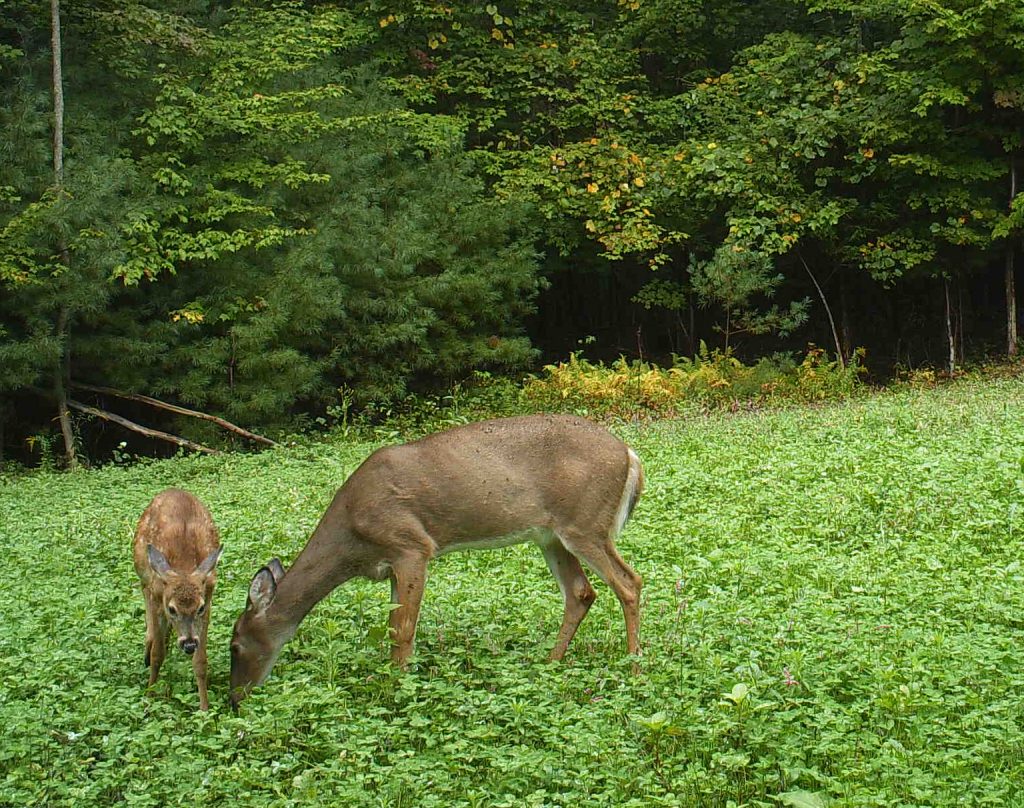All Pennsylvania hunters need do to know when the rut occurs is to check the calendar. It happens pretty much the same time every year.
Among individual deer rutting behavior may vary – some bucks get a head start in late October while others like to wait until the mid-November – but we have no way to predict such individuality.
But if you move south of the Mason-Dixon Line, the rut looks very different.
The timing of the rut in eastern North America is summarized in a chapter Steve Shea and Duane Diefenbach wrote for a book on white-tailed deer.
The figure below shows a close-up of just the southern U.S. As you can see, the pattern is akin to an Appaloosa. The timing varies considerably across very short distances. Why such discord among these states?

Steve and Duane knew of no environmental cues that could explain this behavior when they wrote “no major differences in environmental factors are evident across 300 km [190 miles] of northern Florida where the breeding period varies by five months at the same latitude.”
Sounds like more research needs to be done. Enter a group of researchers from Texas, Oklahoma, Mississippi, and California. With advances in genetics over the past decade, they recently published a paper applying genetic analysis to these populations with varying breeding dates. Some pairs of populations differed by only a couple of days. While others differed by an average of 35 days.
Genetics did not differ among populations. But, mitochondrial DNA (all mammalian mitochondrial DNA comes from mom!) did.
That’s nice but what does it mean? It means that males are dispersing across these populations. So they are not isolated and there is gene flow. But females are less likely to disperse. So there are some female genetic characteristics that are geographically isolated, so to speak.
The authors hypothesized that translocations that occurred in the early 20th century, to restore deer populations, introduced breeding characteristics that have been passed on from female generation to generation. Males are simply responding to females when they come into estrus – they’ll breed anytime! Go figure.
Basically, deer managers today in the southern U.S. are dealing with a genetic legacy created almost a hundred years ago. Deer from Alabama, Kentucky, Louisiana, Mexico, Mississippi, North Carolina, Texas, and Wisconsin were translocated to the areas these researchers studied.
So is this definitive proof that these southern belles retained the breeding dates of their great-great-…-great grandmothers to pay homage to their homeland?
Of course not. Research is rarely definitive. There is always more to learn – like identifying the genes that influence breeding chronology, which would be the next step.
There’s always more to discover when it comes to deer.
-Duane Diefenbach and Jeannine Fleegle
If you would like to receive email alerts of new blog posts, subscribe here.
And Follow us on Twitter @WTDresearch
